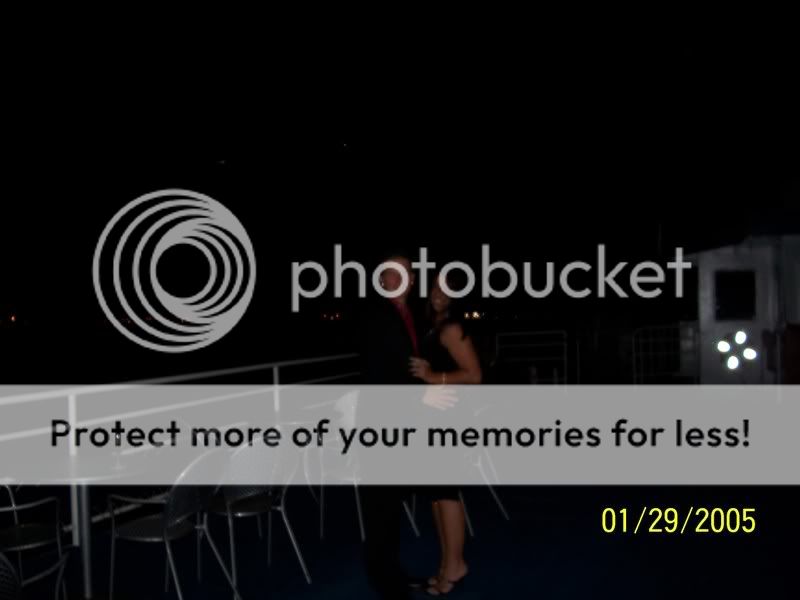The light on the chairs indicates that for the second photo the flash did fire, but the range of a normal on-camera flash is about 1.5 metres at the most, anything further away will definitely be underexposed, i.e. not be light enough.
For nighttime photography you sometimes have to keep your shutter open for 15 or even 30 seconds to get a good exposure. No one can keep his hands still enough for such a long period of time. We have a heart beat, and we breathe, that alone makes us "shakey", and if you have to hold something for so long, you will find that even though it is only "seconds", it is a LONG period of time.
So if you are interested in the field and would like to try to take more photos at night, I would suggest you get yourself a tripod. They are not overly expensive. Then try to find out about the manual settings of your camera (assuming it has got any?). Maybe putting it onto "Night" or the equivalent icon will help. Maybe that only makes the camera go to the widest aperture - you know you can adjust the "eye" of your lens just like the pupil of your eye adjusts to light? When you look towards a bright, sunny sky, the pupil will become very small, when you are in a dark room and have to adapt to that, your pupil will dilate and become very big. That is what your lens can do, too, within a certain range. It is called aperture and you will hear people speak of f2.8 or f3.5 or f4.0 and so on. The higher the number (watch out!) - the SMALLER the aperture (i.e. only little light can get to the film/chip, so you need LONG exposure times).
IF your camera offers you manual settings, and WHEN you have your tripod, mount it up, and do test shots by putting the camera on the TIMER (just as if you would want to do a group photo and be in it yourself, so you have it "wait" until you went running to the group and only then it takes the photo). Try to take pics at the widest open aperture (maybe the camera will then automatically expose with the necessary amount of time?), or set it to widest open and try from 1/8 seconds towards slower and slower shutter speeds, and then try to go down in your aperture, make the "eye" smaller, and try again. With a digital camera you can try and try without remorse. That is the nice thing about digital photography

.
Happy shooting at night!!!








![[No title]](/data/xfmg/thumbnail/40/40289-d47f888aadd01e2147ff6cfe4b94f2be.jpg?1734174703)

![[No title]](/data/xfmg/thumbnail/39/39511-592cbd68b1d797ffce7e41e4fbfed890.jpg?1734173657)
![[No title]](/data/xfmg/thumbnail/31/31743-3b294ee78fc71e7bfc025b01eafb0c2d.jpg?1734160458)



![[No title]](/data/xfmg/thumbnail/31/31742-596f6bbc60b2ba7fed2cd25f5aacf41c.jpg?1734160458)